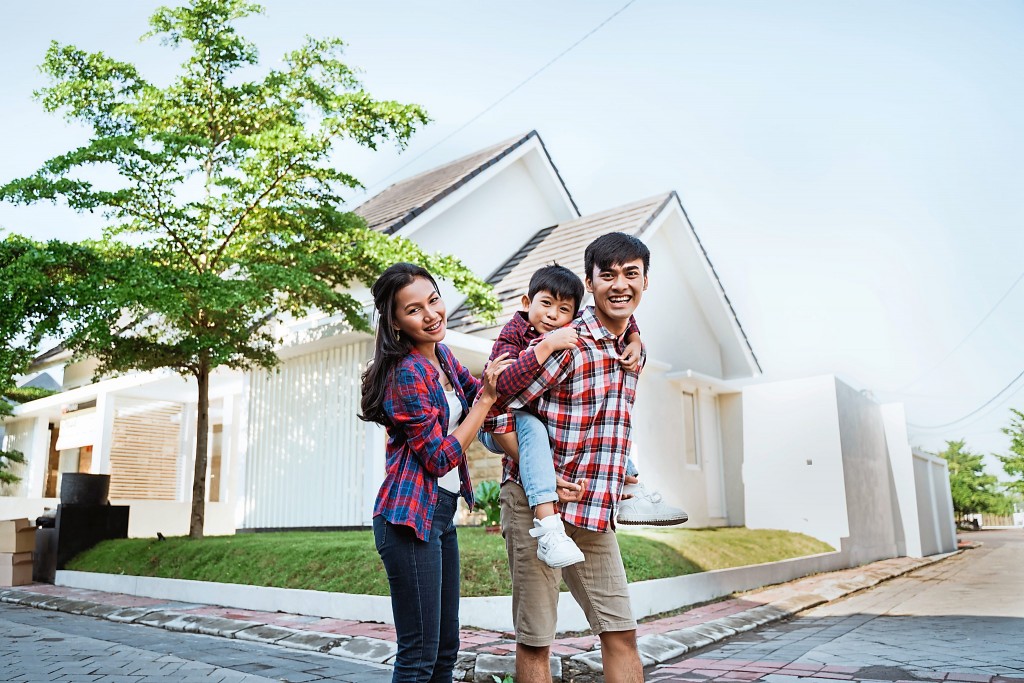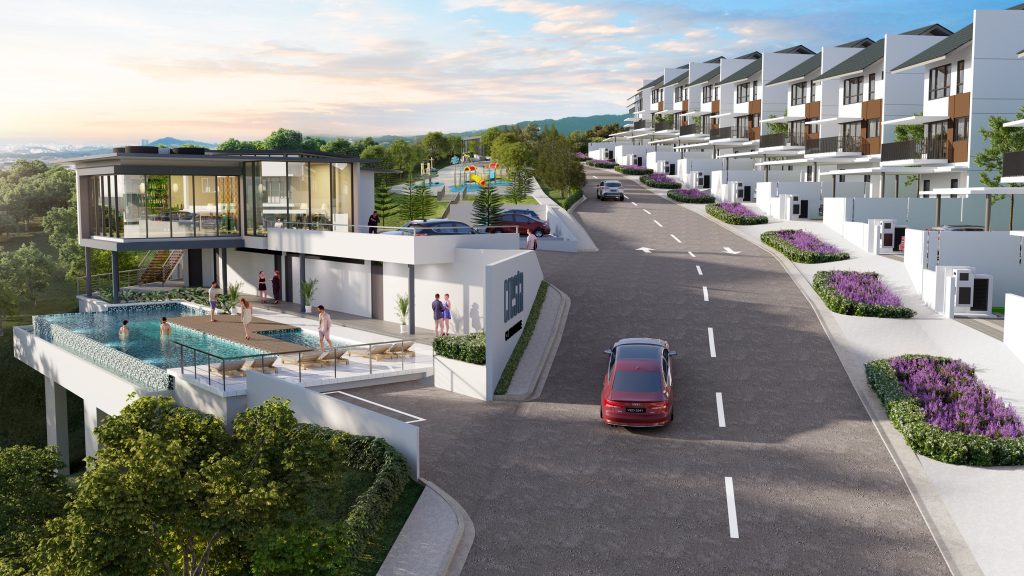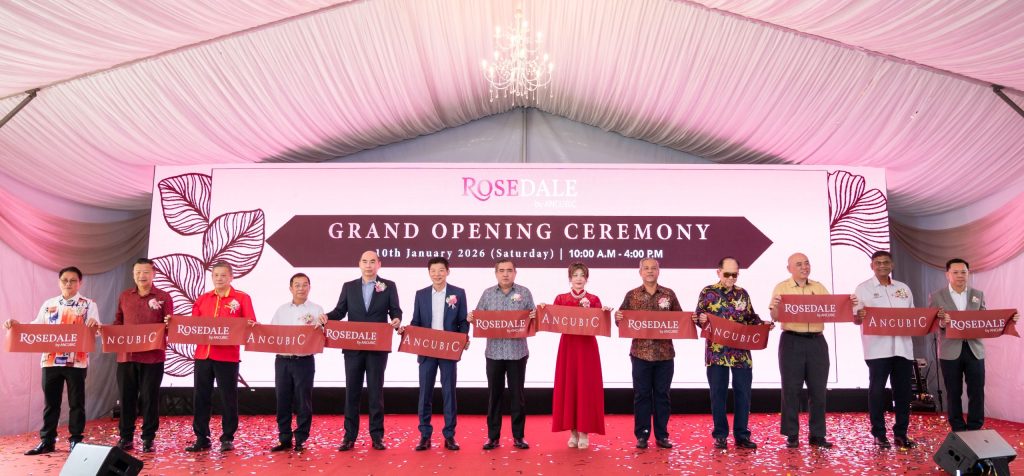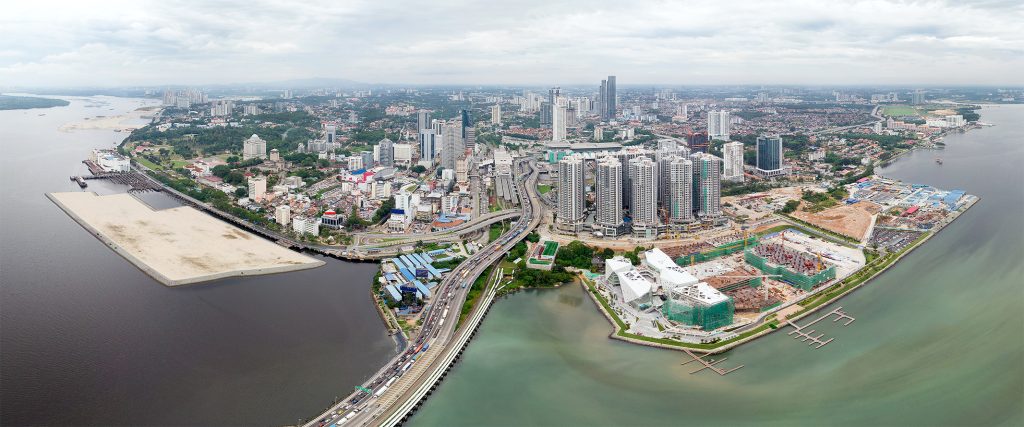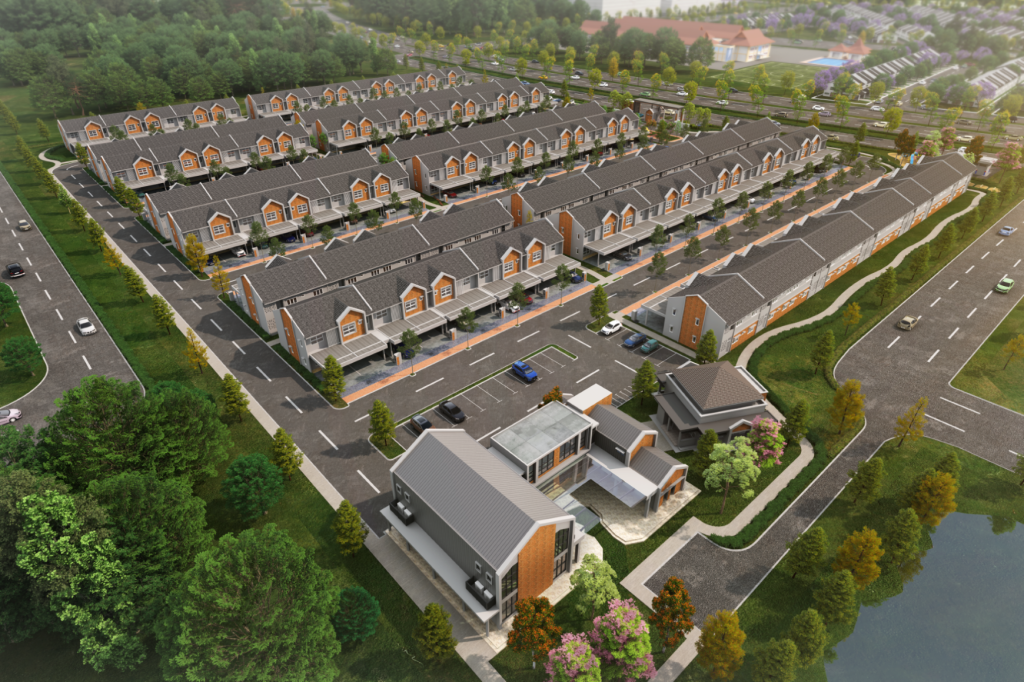These homes have always been an important segment of the market but is it growing?
By Joseph Wong
Unlike their Western counterparts, Malaysian families have always placed great emphasis on filial piety where multiple generations live under the same roof. It is not uncommon in the past to see three generations, where grandparents, parents and children reside together.
Everyone reaps beneficial synergy as retired grandparents can spend time with their grandchildren while parents are working. There would be savings as parents need not spend on childcare services while they are at work. Grandparents will have time to themselves while the children are in school. Most of all, the cost of owning a home is greatly reduced since such a family only needs one home.
However, over the last couple of decades, more and more young adults have moved out of their parents’ homes, chasing employment or wanting their own space. Many even moved interstate or overseas, resulting in the reduced demand for big homes especially when families face the empty nest stage of parenthood.
Naturally, this gave rise to new housing demands, which many property developers were quick to leverage on. But interestingly, there is a new shift to return to multi-generation homes. And with the shift comes the demand for homes to be more family-friendly.
“It is certainly a thing these days for friendlier homes – kid-friendly, pet-friendly, disabled friendly, etc – and all these are signs of a maturing nation where brick and mortar alone are no longer the only requirements,” said Malaysian Institute of Estate Agents (MIEA) president Chan Ai Cheng.
Depending on their stage in life, these family-friendly homes will appeal to them, she said.
Knight Frank Property Hub deputy managing director Reeve Thang agreed with Chan. “There is increasingly more demand for families looking to upgrade and resize, according to their needs,” he said.
The two property experts are not the only ones acknowledging this trend. Real Estate and Housing Developers’ Association (Rehda) president Datuk NK Tong, Juwai IQI Group co-founder and chief executive officer Kashif Ansari and a host of property developers have also noticed this trend.
While reasons are plentiful, the catalyst could have been the Covid-19 pandemic which forced many households to relook their situation and triggered the return to multi-generation homes.
And because homes that are suitable for family stay with the focus on parent-children scenarios, these units will usually have a minimum of two bedrooms and three to four bedrooms for bigger families, noted Thang.
What constitutes family-friendly?
Due to the multiple needs of modern families, developers will be challenged in designing a home that needs to satisfy many preferences. Apart from offering a variety of differently sized units, developers will have to look at what are the common demands to narrow down their designs, and ultimately reduce costs.
“It depends on the families’ budget and size. The ideal family-friendly home has enough bedrooms so children and adults can have their own rooms, safe indoor and outdoor spaces where children can play under the eye of their parents, rooms where the whole family can gather to be together, a larger kitchen and plenty of room for storage,” said Ansari.
“The first thought that comes to mind when I hear the phrase family-friendly homes – it usually involves the home being children friendly. It has the same ring as family-friendly restaurants or activities,” said Chan.
She pointed out that features of such a home should include window latches, baby gates at staircases and wider doors and hallways for trollers, and at a later age, be wheelchair accessible.
“Unlike overseas like Australia or parts of Europe, their windows are equipped with latches that restrict its opening to allow for ventilation yet ensuring safety,” she said, adding that even simple things like the type of paints to be used should be considered for family-friendly homes.
Children have been known to create their masterpieces of artwork on walls, so paints that allow easy cleaning should be considered, she said.
Chan said many aspects ranging from children to adulthood to the aged have to be considered in the designing of a family-friendly home, so it is not just a matter of moving to a bigger home.

Apartment buildings have a huge advantage in that they can provide amenities like swimming pools which provide shared spaces for family bonding.
High-rise living
Moreover, with more high-rise and high-density properties expected for the inner city to match a growing population, how would this impact family-friendly homes?
“High-rise apartments and high-density neighbourhoods can be the most family-friendly. Choose an apartment or townhouse with enough space and sufficient outdoor amenities.
“Apartment buildings have a huge advantage in that they can provide amenities like gyms, gardens, barbecue areas, and swimming pools. Most individual families cannot afford to have these things for themselves.
“Another benefit of high-rise living is that you have close neighbours, so there’s always a friendly face to help with the children,” said Ansari.
He added that high-rise homes also tend to be close to education, healthcare and employment and for parents, this means less time spent travelling to and from work and more time at home with their children.
Cost versus benefit is always a factor of consideration but space is definitely important to achieve a family-friendly home, said Chan. With high-rise condominiums, the cost of having shared spaces is apportioned out to the many owners, thereby, reducing it to a more acceptable level.
Family-friendly homes are defined by space. But a key component to being family-friendly is the building of a sense of community with neighbours. This can be achieved in both high-rise developments or landed properties. The key is to have spaces and facilities for families to gather.

Condominium facilities can allow young children to meet others and interact in a safe environment, said Tong.
“Typically, this would be the neighbourhood park in a housing estate or the playground. Specific to condominiums in the inner city, family-friendly facilities like swimming pools, playgrounds, and playrooms allow young children to meet others and interact in a safe environment,” said Tong.
“This can be further enhanced by the condominium management organising regular activities around festive celebrations for children to gather. Examples of such activities could be a pot-luck open house during Hari Raya, a Santa giveaway during Christmas, a lantern procession during Lantern Festival or a fancy dress during Halloween,” he said.
With Malaysia’s growing population, urbanisation remains unavoidable. As such, family-friendly homes will continue to be impacted by limited space due to the higher cost of properties.
While some solutions include shared community spaces and facilities, the future designs of family-friendly homes might take on new formats even as the needs and demands of the modern family continue to shift. However, there will always be some demands that will remain the same like well-designed functional facilities that ensure a healthy lifestyle, enhance safety and security and promote creativity and well-being.
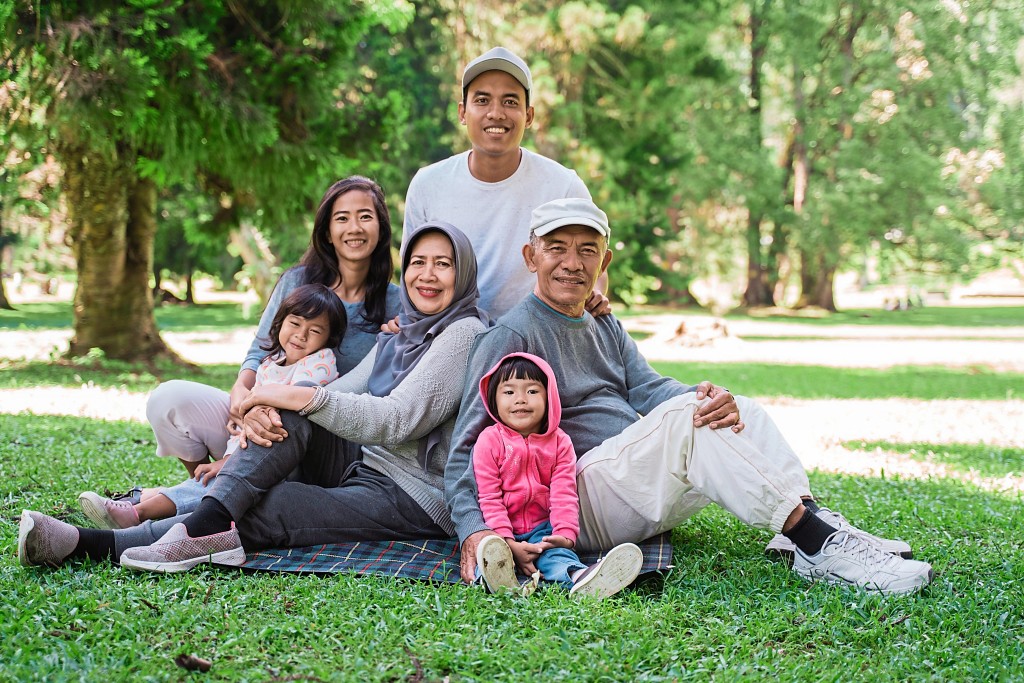
Homes built in the outskirts of the city have the advantage of being closer to parks and nature for family activities.
Status quo remains the same
For a short brief moment, there was a sharp interest in properties on the outskirts of cities, resulting from fear of the Covid-19 pandemic. StarProperty noted a spike of interest in landed properties further away from the city with a preference for the less dense areas.
With the pandemic coming under control as the nation shifts to the endemic stage, the interest for landed properties further away from the city has normalised.
“During the worst of the pandemic, we did see more demand for landed properties, often on the outskirts of the city. However, this trend seems to be reversing as more people rediscover the benefits of inner-city living,” said Juwai IQI Group co-founder and chief executive officer Kashif Ansari.
Nevertheless, there will always be new families looking toward the outskirts. “Demand for more affordable landed housing towards the city outskirts has been steady, as growing families look for more space and better quality of life,” said Knight Frank Property Hub deputy managing director Reeve Thang.
“As a generalisation, a new family is typically a young family just starting out, with a limited household budget. Properties in the outskirts, whether landed or condominiums, are typically more affordable, so for the same budget, new families are able to afford larger spaces for their growing families,” Real Estate and Housing Developers’ Association (Rehda) president Datuk NK Tong explained.
Price has always been one of the major factors for new families, Malaysian Institute of Estate Agents (MIEA) president Chan Ai Cheng pointed out.
“For the same price you pay for a two-bedroom unit in the city, you could get a two-storey terrace home in the city outskirts. Smaller families may not view this as a main consideration but a larger one will,” she said.
However, with more businesses slowly transitioning back to pre-movement control order (MCO) era and traffic jams becoming the norm again, it will be a challenge for those commuting to work daily if the location infrastructure is not well supported, warned Thang.
On a brighter note, he said the commissioning of more public transportation modes, such as the soon-to-be-completed mass rapid transit Line 2 (MRT2) and light rail transit Line 3 (LRT3), and the future MRT3 Circle Line would further facilitate the shift to city outskirts.
This shift to the outskirts is part and parcel of the healthy growth of a city, where such suburbs develop a life of their own with the possibility of becoming satellite cities like Petaling Jaya and Subang Jaya, Tong said.
Stay ahead of the crowd and enjoy fresh insights on real estate, property development, and lifestyle trends when you subscribe to our newsletter and follow us on social media.

